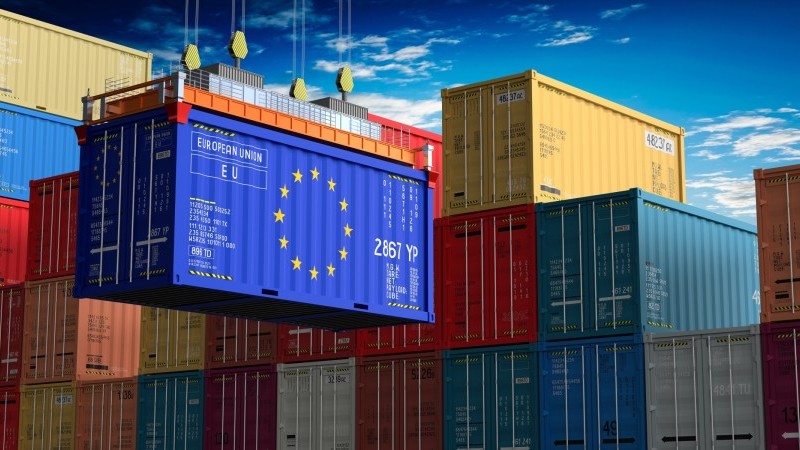While a 0.3% decline in GDP might seem moderate, the economic fallout from US tariffs could be significantly amplified through indirect channels. Tariffs disrupt production, which can lead to job losses, reduced household consumption, and delayed investment, particularly as firms reconsider multi-year projects amid heightened uncertainty.
Moreover, these effects are not limited to the EU-US trade relationship. Tariffs imposed on other countries, such as Canada and Mexico, distort global trading patterns and weakens demand for European exports, which feeds back into EU output. Global value chains further intensify this dynamic as demand for intermediate goods from Europe, processed in a foreign country prior to entering the US market, decline.
Model-based estimates capture the scale of these interdependencies. The Kiel Institute’s trade model suggests a broader short-term GDP impact of -0.5% for the EU, factoring in spillover effects from Canada (-4.3% to GDP) and Mexico (-5.7% to GDP). Similarly, the ECB’s multi-country framework, which explicitly models shock propagation through global production networks, estimates a cumulative reduction in euro area GDP growth of 0.7 percentage points over the period 2025–2027.

